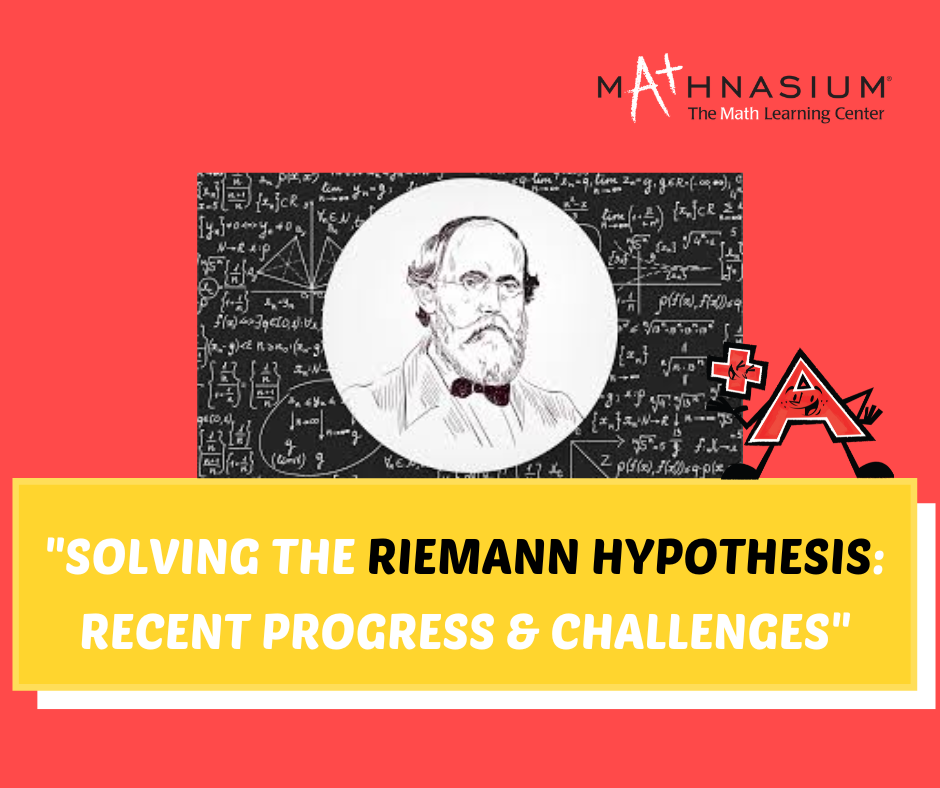The Riemann Hypothesis, proposed by Bernhard Riemann in 1859, remains one of the most intriguing puzzles in mathematics. It deals with the distribution of prime numbers and has implications across various fields of study. While decades of research have brought us closer to unlocking its secrets, the journey to solve it is still ongoing, with recent progress and persistent challenges shaping our understanding of this elusive conjecture.
Recent advancements in computational techniques have played a pivotal role in our exploration of the Riemann Hypothesis. Mathematicians are now able to utilize powerful computers to crunch through vast amounts of data, allowing for a more comprehensive analysis of the Riemann zeta function—a central component of the hypothesis. These computational tools have enabled researchers to explore larger regions of the critical line, where the conjecture is believed to hold true, bringing us closer to understanding its validity.
Moreover, interdisciplinary collaborations have breathed new life into the quest for solving the Riemann Hypothesis. Experts from diverse fields such as physics, computer science, and engineering are joining forces with mathematicians to tackle this complex problem. Their unique perspectives and innovative approaches are driving progress and opening up new avenues of inquiry. By fostering collaboration between different disciplines, we are able to leverage a wide range of expertise and resources in our pursuit of understanding prime numbers and their distribution.
However, despite these advancements, significant challenges still lie ahead on the road to cracking the Riemann Hypothesis. One major obstacle is the sheer complexity of the mathematics involved. The behavior of the Riemann zeta function, especially around the critical line, poses a formidable challenge to researchers. While computational tools have provided valuable insights, they can only take us so far, and understanding the intricacies of the function requires deep mathematical insight and expertise.
Furthermore, the interdisciplinary nature of the Riemann Hypothesis means that collaboration and communication between different fields are essential. Bridging the gap between mathematicians and experts from other disciplines can be challenging, but it is crucial for making progress. By fostering dialogue and collaboration, we can pool our collective knowledge and resources to tackle this problem from multiple angles.
In conclusion, while recent progress has brought us closer to solving the Riemann Hypothesis, significant challenges remain. Advances in computational techniques and interdisciplinary collaboration have propelled us forward, but there is still much work to be done. By continuing to push the boundaries of mathematical knowledge and working together across disciplines, we hope to unravel the mysteries of the Riemann Hypothesis and unlock new insights into the distribution of prime numbers.











